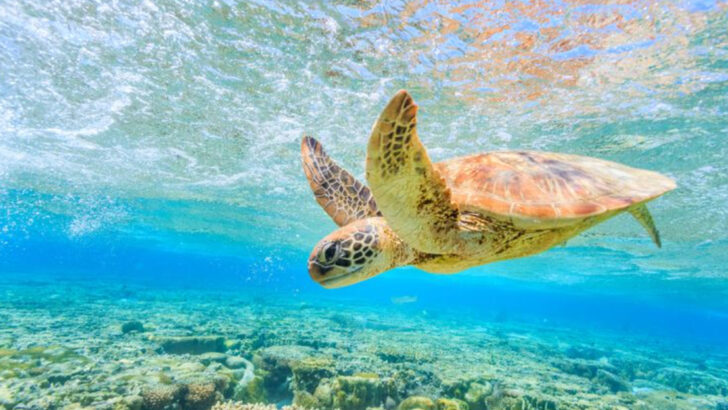Some animals can hold their breath longer than a movie—without even trying. While humans start gasping after just a minute or two, these underwater champions push well past that. We’re talking 20, 30, even over 90 minutes beneath the surface. No oxygen tanks. No bubbles. Just pure biological brilliance. From deep-diving whales to stealthy turtles, these creatures have rewired their bodies to master the underwater world. Slowed heartbeats. Collapsed lungs. Oxygen hoarding muscles. It sounds like science fiction—but it’s just nature showing off. Get ready to meet 10 species that turn breath-holding into a superpower—and learn the wild tricks they use to survive where humans never could.
Cuvier’s Beaked Whale
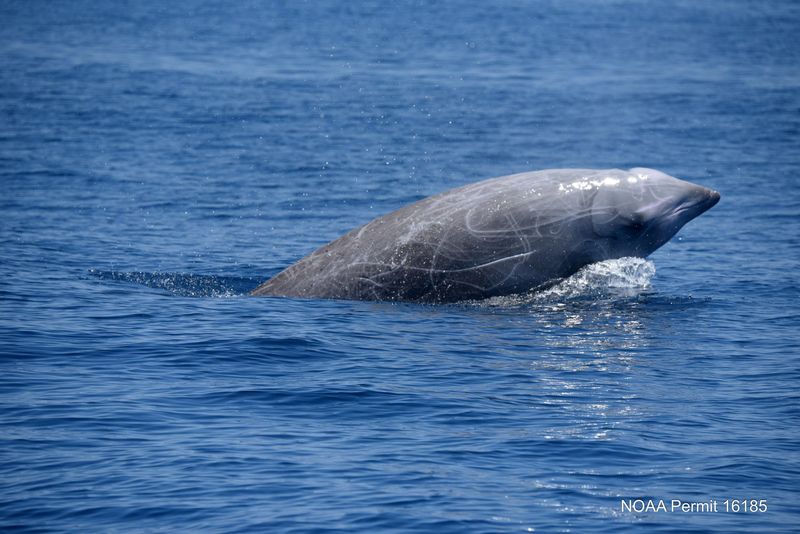
With a record dive lasting over two hours, Cuvier’s Beaked Whale holds the title for the longest breath-holding marine mammal. These enigmatic whales can plunge to depths exceeding 3,000 meters. Their secret lies in the ability to slow their heart rate and store oxygen in their muscles. Such adaptations allow them to hunt deep-sea squid.
The whale’s streamlined body reduces drag as it cuts through the water. Despite their elusive nature, Cuvier’s Beaked Whales are found in oceans worldwide. Their remarkable endurance continues to intrigue scientists, providing insights into marine life.
Weddell Seal
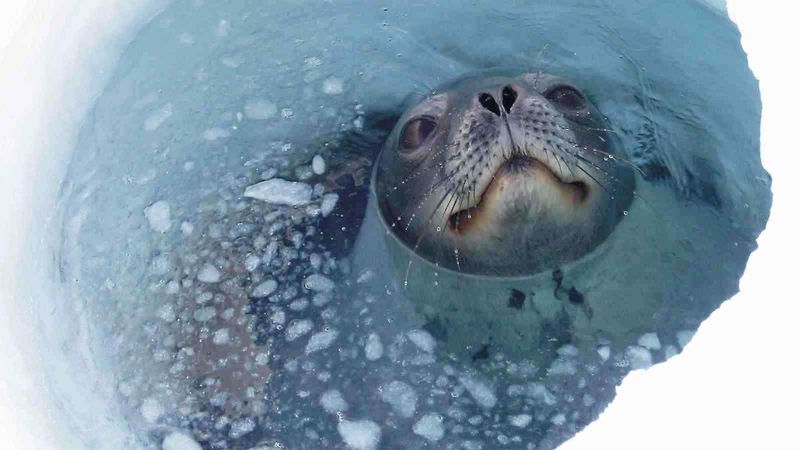
The Weddell Seal is a true Antarctic expert, capable of holding its breath for up to 80 minutes. These seals use their teeth to maintain breathing holes in the ice, showcasing their resourcefulness. By lowering their heart rate and utilizing stored oxygen efficiently, they remain submerged for long periods.
This ability allows them to hunt under the ice without returning to the surface frequently. Weddell Seals are social creatures, often seen basking in the sun on ice floes. Their adaptations make them splendid underwater acrobats of the icy realm.
Emperor Penguin
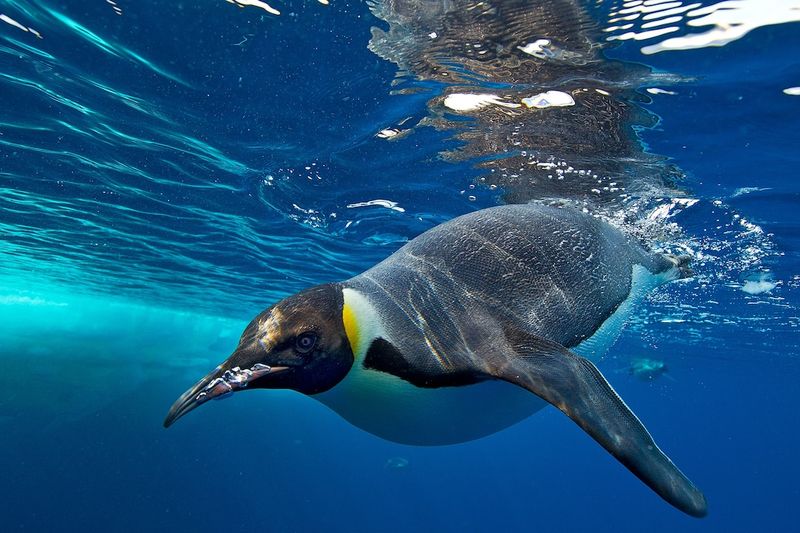
Emperor Penguins, the largest of their kind, dive to depths of 500 meters and hold their breath for 20 minutes. Their unique adaptations include solid bones to reduce buoyancy and a specialized respiratory system. These attributes aid them in foraging beneath the ice for fish and squid.
Emperor Penguins are known for their remarkable parenting skills, braving harsh Antarctic winters to nurture their young. Their social structure and endurance during long migrations showcase their resilience. Often seen waddling in large colonies, they remain symbols of survival.
Leatherback Sea Turtle
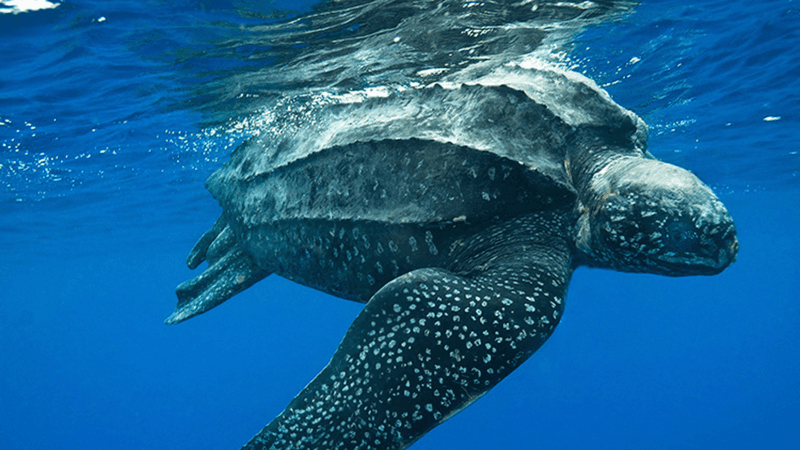
Leatherback Sea Turtles are renowned for their deep diving capabilities, reaching depths of over 1,200 meters. These reptiles can hold their breath for up to 85 minutes, thanks to their collapsible lungs and flexible shell. Such features allow them to navigate the open ocean in search of jellyfish.
Their diet primarily consists of jellyfish, contributing to jellyfish population control. Leatherbacks are ancient mariners, having roamed the seas for millions of years. This species’ endurance and adaptability make them fascinating subjects of oceanic exploration.
Sperm Whale
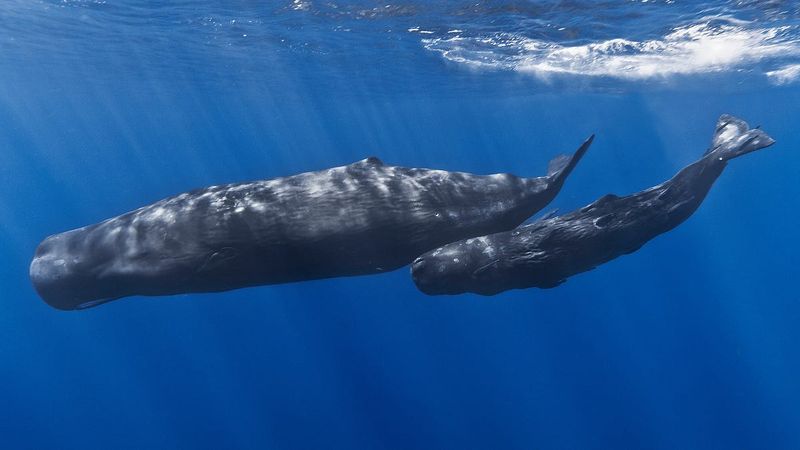
Sperm Whales are the largest toothed predators, diving to depths of 2,000 meters and holding their breath for up to 90 minutes. They use echolocation to hunt giant squid in the inky depths of the ocean. Their massive heads house the spermaceti organ, crucial for buoyancy regulation.
These whales exhibit a strong social structure, forming pods with complex communication. Known as deep-sea giants, they inspire awe with their size and intelligence. Sperm Whales’ contributions to marine ecosystems underscore their importance in the oceanic world.
Elephant Seal

Elephant Seals are the diving champions of the pinniped family, reaching depths of 2,400 meters and holding their breath for up to two hours. Their ability to store oxygen in blood and muscles is remarkable. These seals spend most of their lives at sea, coming ashore only to breed and molt.
Their impressive diving prowess aids in hunting squid and fish in the deep ocean. Elephant Seals’ distinctive proboscis and vocalizations add to their unique charm. Observing their beach gatherings offers insight into their social dynamics.
Sea Otter
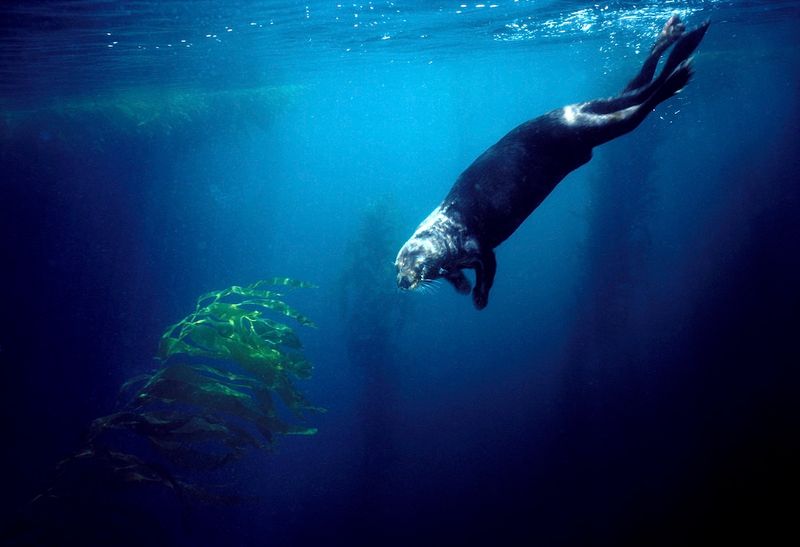
Sea Otters, though not deep divers, can hold their breath for up to 5 minutes. Their dense fur insulates them in cold waters. These charming mammals use rocks to break open shellfish, displaying tool use. Their playful nature is evident as they frolic in kelp forests, maintaining vital ecosystems.
Often seen floating on their backs, Sea Otters wrap themselves in kelp to anchor against currents. Their role in controlling sea urchin populations highlights their ecological importance. With endearing faces, they captivate hearts worldwide.
Green Sea Turtle
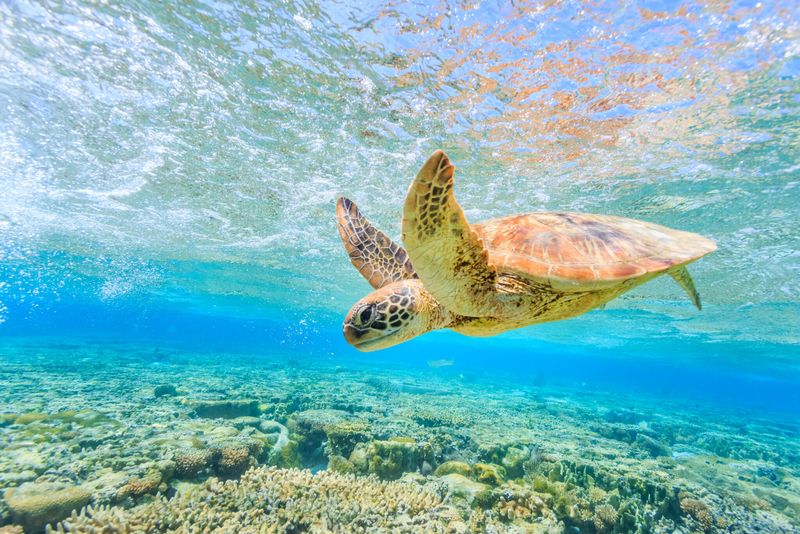
Green Sea Turtles can hold their breath for several hours during rest, thanks to their slow metabolism. These turtles are known for their long migrations between feeding and nesting sites. Their diet consists mainly of seagrass, playing a crucial role in maintaining healthy marine ecosystems.
Graceful swimmers, they navigate the ocean with ease. Green Sea Turtles’ serene presence is a reminder of the ocean’s tranquility. Observing them in their natural habitat offers a glimpse into the intricate balance of marine life.
Narwhal
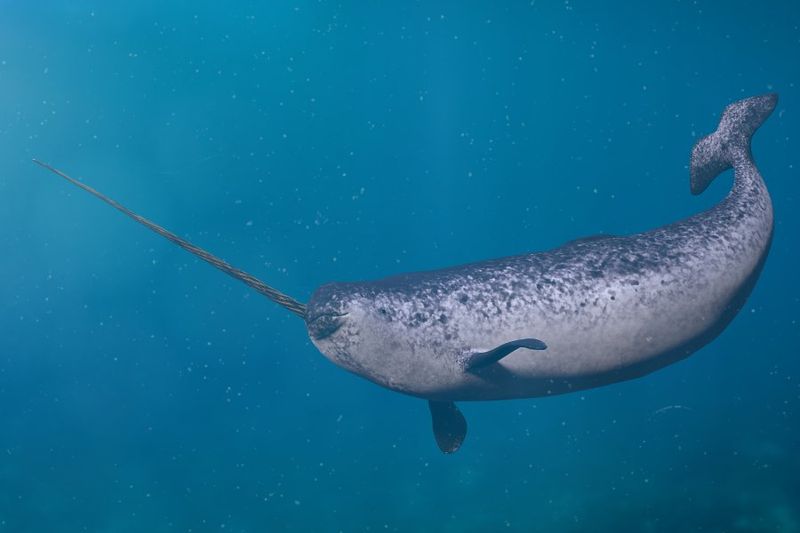
Known as the unicorns of the sea, Narwhals dive to depths of 1,500 meters, holding their breath for up to 25 minutes. Their iconic tusk, a spiral tooth, is a sensory organ. Narwhals’ diving skills help them search for fish and squid beneath the Arctic ice.
These elusive whales live in tight-knit groups, navigating the freezing waters with precision. Their mysterious nature adds to the allure of the Arctic. Narwhals’ role in indigenous culture highlights their significance in human history and the ecosystem.
Hippopotamus
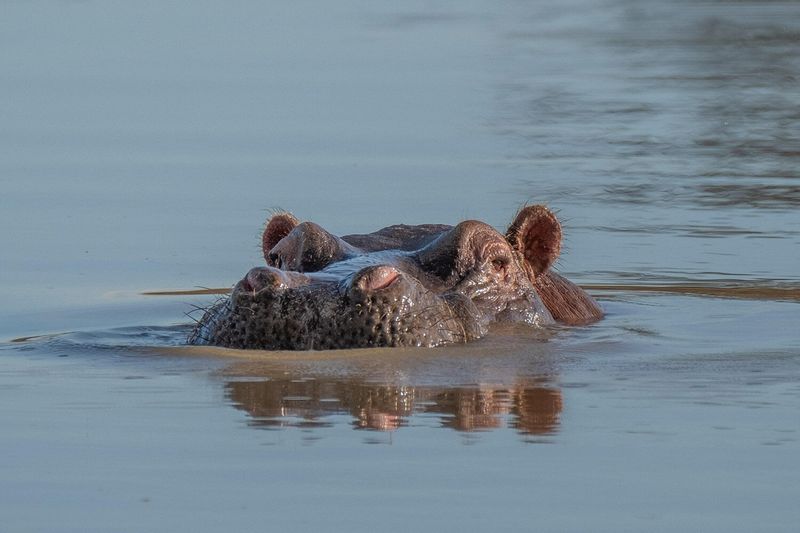
While not a marine animal, the Hippopotamus is an impressive breath-holder, staying submerged for up to 5 minutes. They spend much of their time in water to keep cool under the African sun. Their large size and social behavior dominate river habitats.
Hippos’ ability to close their nostrils and ears underwater showcases their unique adaptations. Known for their territorial nature, they are both fascinating and formidable. Observing a hippo’s daily routine offers insight into their aquatic lifestyle and social structures.

